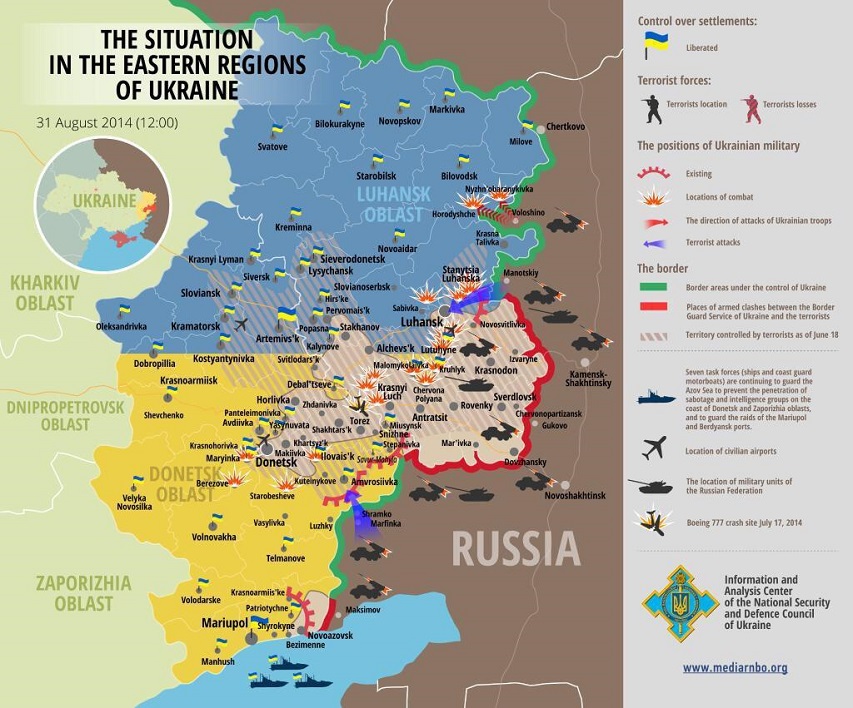Paul Wells says the almost forgotten leader of Her Majesty’s loyal opposition in Parliament is doing his job, but illustrates it with a great example of how political rhetoric sometimes warps reality in favour of a more headline-worthy claim:
Here’s what he said: “After promising to protect all future increases to provincial transfers, Conservatives announced plans to cut $36 billion, starting in 2016,” Mulcair told the CMA. “This spring, Conservatives will announce, with great fanfare, that there is now a budget surplus. I’m here today to tell you that an NDP government would use any such surplus to, first and foremost, cancel those proposed cuts to health care.”
This needs parsing, but first, let’s let Mulcair finish: “Mr. Harper, it’s time to keep your word to protect Canadian health care. After giving Canada’s richest corporations $50 billion in tax breaks, don’t you dare take $36 billion out of health care to pay for them!” He said that part in English, then repeated it in French, which has become the way a Canadian politician delivers a line in italics.
Well. Let’s begin with the $36 billion. In December 2011, Jim Flaherty, then the federal finance minister, met his provincial colleagues to announce his plans for health transfers after a 10-year deal set by Paul Martin ran out in 2013-14. The 2004 Martin deal declared that cash transfers to the provinces for health care would increase by six per cent a year for 10 years. Harper simply kept implementing the Martin scheme after he became Prime Minister.
What Flaherty announced, without consulting with the provinces first, was that health transfers would keep growing at six per cent through 2016-17. Then, they would grow more slowly — how slowly would depend on the economy. The faster GDP grows, the faster transfers would grow. But, if the economy tanked, the rate of growth could fall as low as three per cent per year. Flaherty said this scheme would stay in place through 2023-24.
Add up all the shortfalls between three per cent and six per cent over seven years and you get a cumulative sum of $36 billion. Despite what Mulcair said, this isn’t a “cut,” it’s a deceleration in increases. And $36 billion is the gap’s maximum amount. If the economy shows any health, the gap will be smaller.
We could have fun complaining that Mulcair calls something a “cut” when it extends what is already the longest period of growth in federal transfer payments in Mulcair’s lifetime. But it’s more fun to take him at his word. He promises to spend as much as $6 billion a year in new tax money on health care. Mulcair couldn’t buy much influence over health policy with that money; he would simply send larger cheques to provincial governments. If he has other plans for the federal government, he’d have to pay for them after he’d sent that up-to $6-billion cheque to the provinces.
Emphasis mine.


 All NFL teams had to report their final rosters to the league office by Saturday afternoon. The Vikings were among the last teams to confirm their roster and list the players who were released. With so many players back on the market, the bottom few spots on each team’s “final” roster are subject to change. For example, it seems likely that the Vikings will look to pick up another tight end to back up Kyle Rudolph and Rhett Ellison, and there were a couple of marginal players who made the squad, but who are still at risk of being released to make room for players at other positions of need.
All NFL teams had to report their final rosters to the league office by Saturday afternoon. The Vikings were among the last teams to confirm their roster and list the players who were released. With so many players back on the market, the bottom few spots on each team’s “final” roster are subject to change. For example, it seems likely that the Vikings will look to pick up another tight end to back up Kyle Rudolph and Rhett Ellison, and there were a couple of marginal players who made the squad, but who are still at risk of being released to make room for players at other positions of need.

